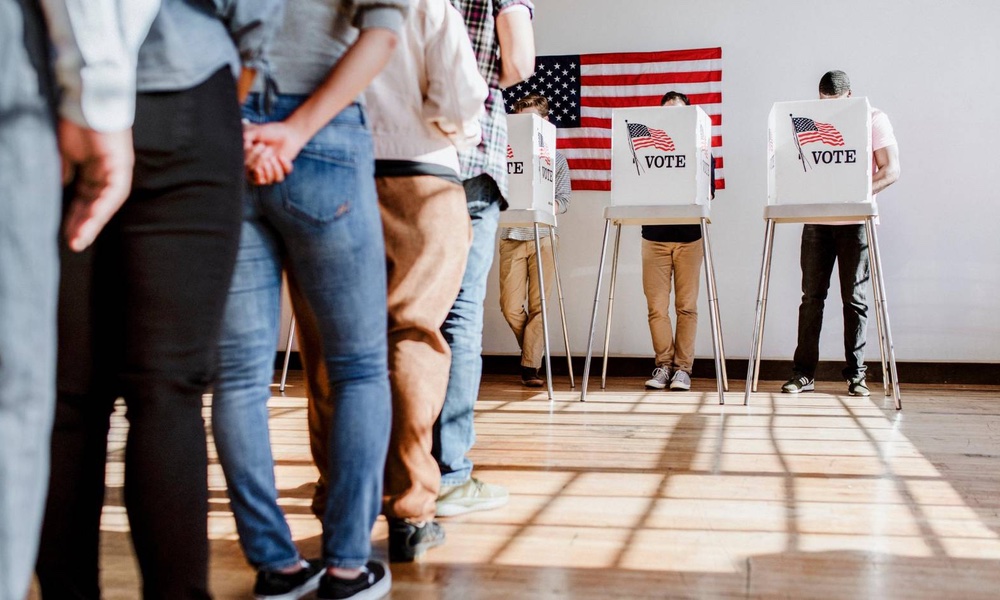When people contemplate aging, the ability to live and function independently is a primary goal. There are many threats to this ambition, including loss of physical strength and coordination, erosion of thinking and reasoning skills, and the toll of chronic illness. Genetic background also plays a large role in the quality of a person's old age.
Geriatric disability presents a challenge to individuals, as well as to society as whole, particularly since it has been projected that by 2030, 1 out of 5 Americans will be 65 years or older. Although there are numerous medications that attempt to address various age−related problems, they typically fall far short of restoring an individual to completely normal function. Every day an older person can read about some anti−aging remedy or another. Most are not definitively proven by research.
[The most vigorous walkers] had a 50% higher chance of successful survival than their more leisurely walking peers regardless of their weight and even if they didn't do any other exercise.
Walking was found to be a surprisingly effective form of exercise. Among participants whose major exercise was walking, there was a clear advantage to those whose walking generated more METS, in other words, those who walked most vigorously. Researchers found that the people in the two groups which were ranked first and second highest in the amount of energy used in walking all had a 50% higher chance of successful survival than their more leisurely walking peers regardless of their weight and even if they didn't do any other exercise.
The investigators concluded that both lean and overweight women who engaged in midlife leisure time physical activity were more likely to be healthy in old age and that walking at a moderate to brisk pace was a form of exercise that could make a difference. This finding places an exercise−based intervention easily within the grasp of most Americans.
- No history of several chronic illnesses (cancer, diabetes, heart attack or bypass, congestive heart failure, stroke, kidney failure, pulmonary disease, Parkinson's disease, multiple sclerosis or amyotrophic lateral sclerosis)
- No impairment of thinking function
- No physical disabilities,
- No mental health limitations.
Ten percent of their original study group were successful survivors. Women who engaged in rigorous physical activities such as playing tennis, jogging, running and doing aerobics were more likely to be successful survivors than those who didn't. Increasing the amount of exercise made an increasing difference in successful aging. Those people who had exercise routines with the most METS were twice as likely as the lowest group to be successful survivors.
[E]xercisers were roughly half as likely to fall as those not in the exercise program and if they did fall, they less likely to be injured. There were twice as many fractures among the non−exercise as among the exercise group.
The test group's program was a low volume, high impact and high intensity strategy requiring two one− hour exercise classes and two 20 −minute at home sessions per week. It included aerobics, static and dynamic balance, strength training and stretching and addressed both the upper and lower body muscle groups.
Both the test and the control groups had improved blood pressure. The test group also had improved blood lipid measurements, which decreased their risk of coronary heart disease. There were no musculoskeletal injuries, cardiac events or other adverse affects in the high exercise group. The researchers concluded that it was possible to design a safe, acceptable, multipurpose exercise program for seniors that could improve quality of life by increasing bone mineral density, decreasing risk of falls, and improving risk factors for coronary heart disease.
Another study, reported in Archives of Neurology and discussed in a related news item on TheDoctor, addressed the way exercise can help maintain thinking and reasoning skills as people age.
Because it puts a promising intervention well within the reach of the average citizen, this research is both exciting and reassuring. Multiple studies are being done to help develop appropriate recommendations. Middle−aged and senior citizens may want to find ways to include exercise safely into their daily routines. It is important to work with a physician and a trainer or exercise coach who is knowledgeable about the challenges of older "athletes" and knows how to adapt programs to meet each individual's physical abilities and preferences. One resource for guidelines for exercise can be found on the Center for Disease Control website: http://www.cdc.gov/physicalactivity/everyone/guidelines/olderadults.html




